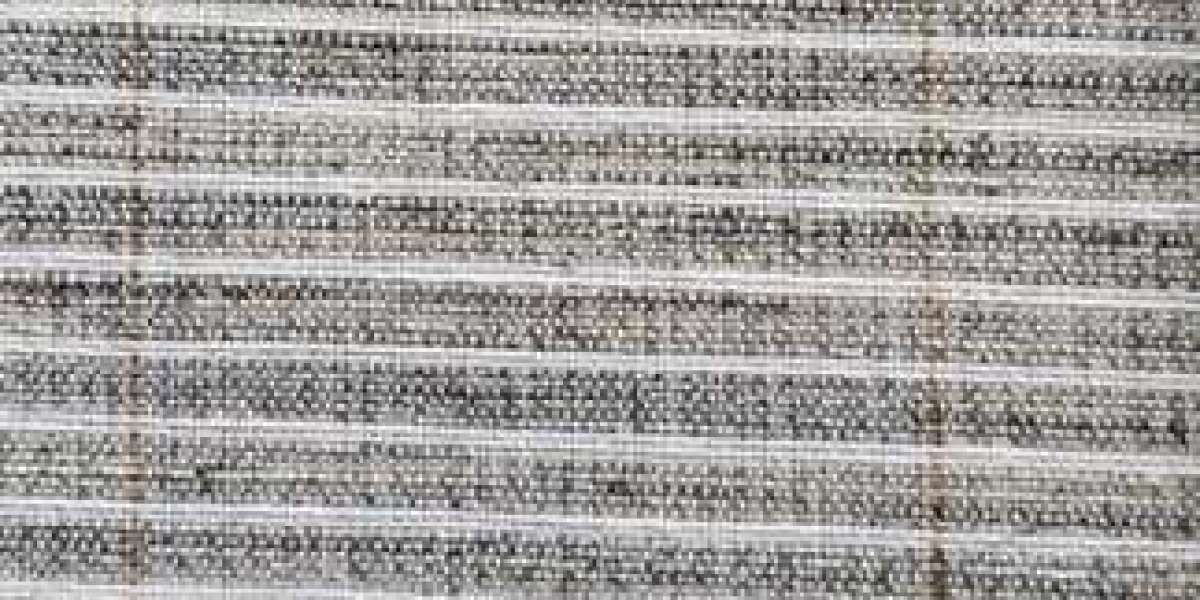When it comes to fabrics, twill and plain weaves are two of the most fundamental and widely used structures. Each offers unique characteristics in terms of appearance, texture, and functionality, making them suitable for various applications.
Twill fabric is characterized by its diagonal lines created by the weaving process. This distinct pattern is achieved by passing the weft yarn over one or more warp yarns and then under the next, creating a continuous diagonal rib. The resulting fabric has a noticeable texture with a slight sheen on one side and a matte finish on the other. Twill fabrics are known for their durability and resistance to wrinkles, making them ideal for clothing such as trousers, jackets, and skirts, where a polished yet practical appearance is desired.
On the other hand, plain fabric, also known as tabby weave, features a simple, alternating over-and-under pattern of warp and weft yarns. This creates a uniform, flat surface with no discernible diagonal lines. Plain fabrics are known for their smooth texture and even appearance, making them suitable for a wide range of applications, including shirts, blouses, and linings. They are often chosen for their versatility and ability to blend seamlessly into various designs.
In summary, twill and plain fabrics differ significantly in their structure and aesthetic appeal.














